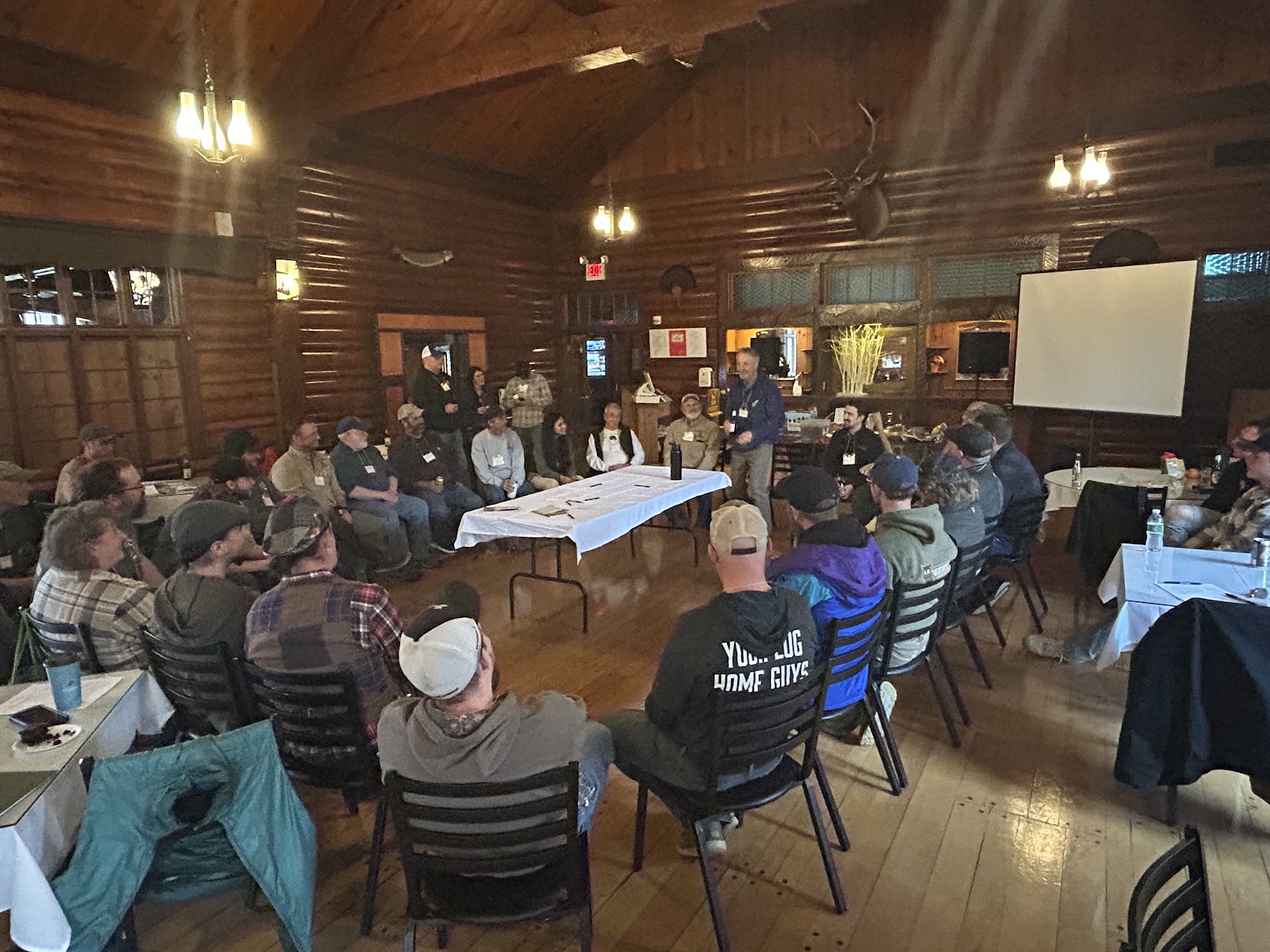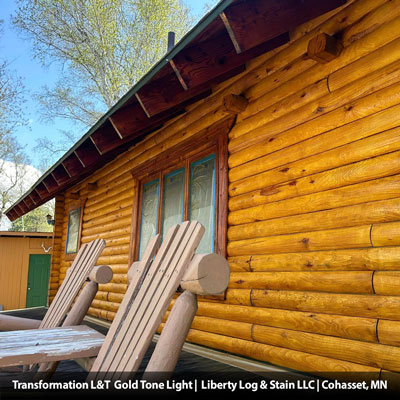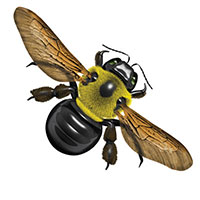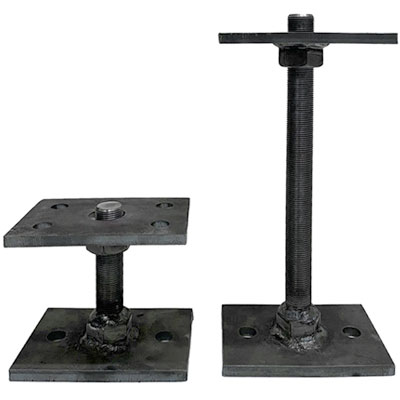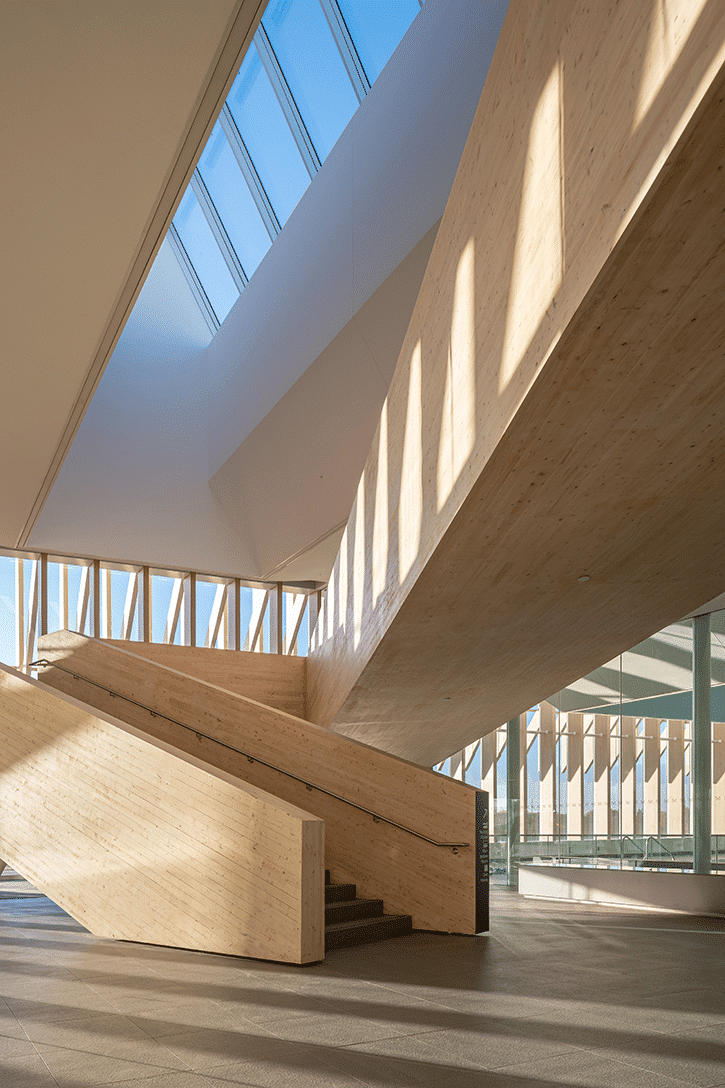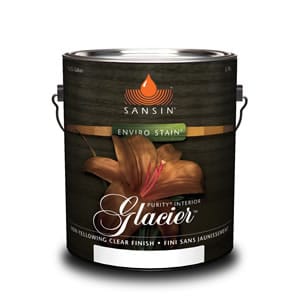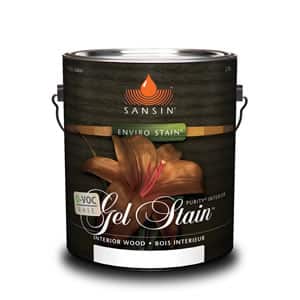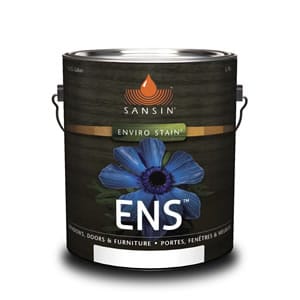Technical Tip from Perma-Chink Systems, Inc
Mold and mildew are terms that are used interchangeably since they refer to the same living organisms. For simplicity we'll refer to them as molds. Molds encompass a wide range of fungal species that can live on the surface most materials, including wood. They require air, water and food. Their color is usually white or black but can be just about any color. If the growth is green, it's probably algae.
The molds that concern us live on wood fibers or even on finished surfaces. Bare green wood is very susceptible to mold growth since the high moisture content provides lots of available water and the wood's nutrients are readily available as food. Many types of mold grow on green wood. They vary from black spots to white tendrils (commonly called dog hair). All mold growth MUST be removed before any of our LIFELINE finishes are applied. While common household bleach has traditionally been used to remove mold it should never be used on bare wood surfaces. mold and prevent their reappearance underneath our finishes without having to use caustic wood damaging chemicals like chlorine bleach. Wood cleaning products like Wood ReNew and Log Wash usually do an excellent job when used correctly.
All of our exterior stains and topcoats contain mildewcides that help prevent the growth of mold on the surface of the finish. They do not prevent the growth of mold on the substrate under the finish. That's why it's so important to thoroughly clean the surface prior to applying the first coat of stain or primer. Mold spots forming under a finish is an indication that the surface was not properly cleaned during preparation. The only way to remove them is to strip the finish down to bare wood to get at the mold.
Occasionally shaded, warm, moist environments can create conditions so conducive to mold growth that they can overcome the mildewcide additives contained in the finish. One way to handle this type of situation is to thoroughly clean the walls with Log Wash and then apply a coat of Advance Clear Topcoat mixed with Stay-Clean additive. Just be aware that the addition of Stay Clean will diminish the glossiness of Advance Gloss.
A final thought about maintenance of exterior finishes. An occasional wash with Log Wash will help keep the surface clean and mold free. If needed, a maintenance coat of LIFELINE Advance will renew the water repellants, UV inhibitors and the mildewcides. Cleaning and maintaining your exterior finish will protect the wood and maintain the appearance of your home, including keeping it free of mold.
Questions on maintaining the legacy of your wood structure? Give us a call- 1-800-359-6614
Pickup in store - or ship to your door -in whichever woods your cabin dwells.
Schroeder Log Home Supply, Inc.
1101 SE 7th Avenue
Grand Rapids MN 55744
1-800-359-6614
 What
is the difference being
What
is the difference being 

